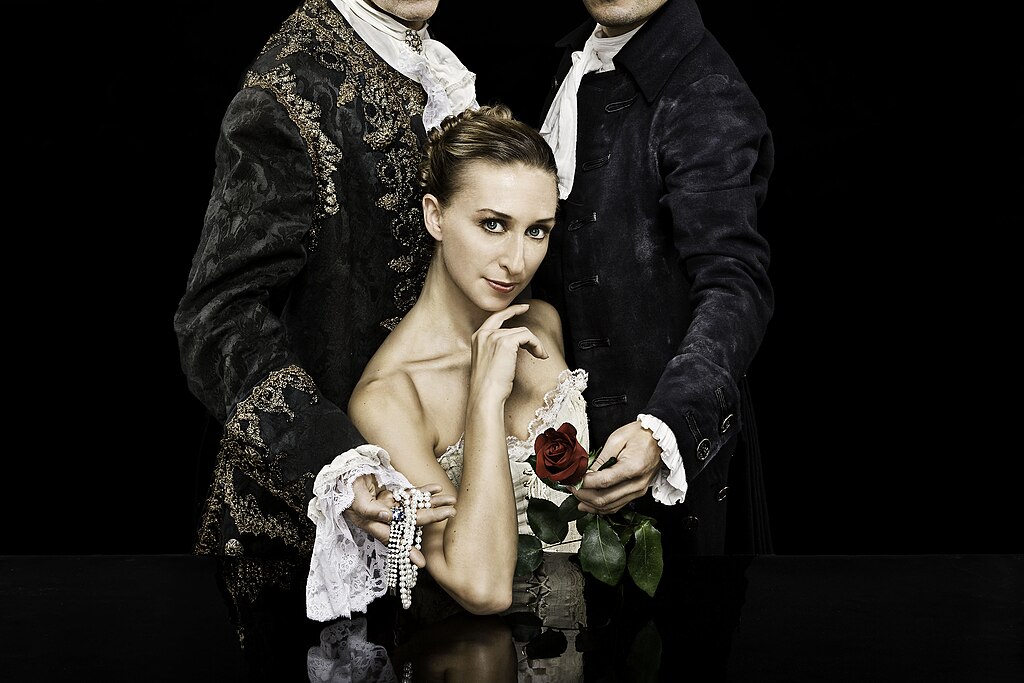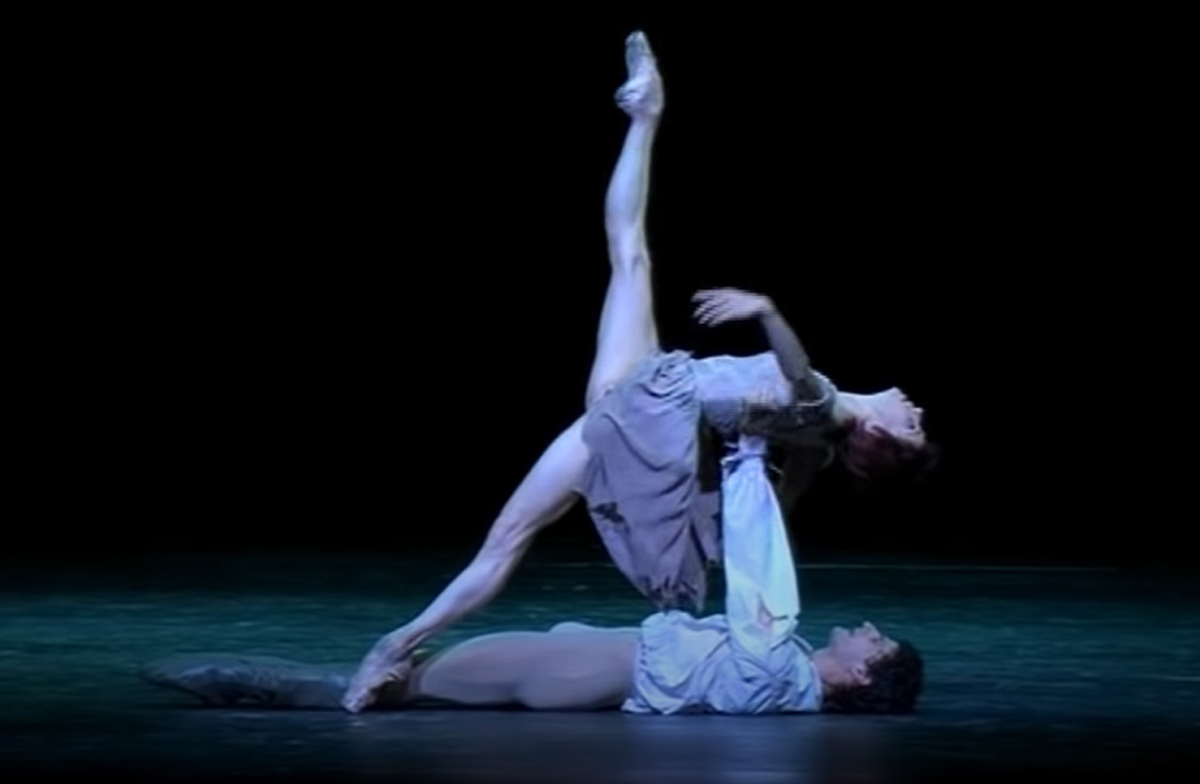
If you are one of those who (as dance critic Mary Clarke said), “think ballet is just Swan Lake” – pretty fantasy, tutus and tiaras, with no relevance to modern-day Britain, I might suggest you watch the Royal Ballet’s production of Manon. (It doesn’t have to be ridiculously expensive: tickets at, for example, Seaton Gateway theatre for screenings of filmed Royal Opera House productions are £15.00.)
Many WCV readers will know the story of Manon Lescaut or a character like her: there are Massenet and Puccini operas of the same name and the notion of the ‘fallen woman’ has been explored in many media.
The ballet version, however, (loosely based on the 1731 novel by the Abbé Prévost), created in 1974 by Kenneth MacMillan and still danced today to his choreography, examines the exploitation of women to reflect what is now known as grooming and abuse: issues which have always been present but perhaps only recently acknowledged for what they are.
Unless you have seen the ballet, it is perhaps inconceivable that so beautiful an art form can adequately illustrate such themes. In the arc of Manon’s rise, degradation and ‘fall’, however, MacMillan shows, with uncommon understanding, how women’s circumstances – which are often beyond their control – dictate how men behave towards them, and how, if unable to earn ‘an honest living’ sufficient to support themselves, they often have to depend to one degree or another on men for their survival: a predicament familiar to countless women in the past, and still today.
At one end of this spectrum there are fictional women like Charlotte Lucas in Pride and Prejudice (published in 1813), whoaccepts an offer of marriage from the absurd but ‘respectable’ Mr Collins: “marriage”, she thinks, “was the only honourable provision [my emphasis] for well-educated young women of small fortune, and however uncertain of giving happiness, must be their pleasantest preservative from want.”
At the opposite end are the prostitutes depicted in MacMillan’s ballet, and the courtesans of whom Manon briefly becomes one. The set still staged today is a permanent reminder that poverty is never far away: no matter how opulent the foreground, there is a background of rags. At the beginning of the story (set in the 1790s), a chance encounter brings Manon together with Des Grieux, a young student, and they fall in love; but he is poor, and she lives in dread of penury. She is pimped out by her brother and allows herself to be drawn into the lascivious embrace of ‘Monsieur G M’, a wealthy man much older than herself. Richly dressed and given jewels she cannot resist, she turns away from Des Grieux and becomes part of the demi-monde, where morals are lax and anything goes.
After another chance meeting with Des Grieux, whom she persuades into an attempt – which fails – to cheat Monsieur G M at a game of cards, things go awry very quickly for Manon and, convicted of prostitution, she is transported to a penal colony. There she is assaulted – a scene which makes one’s flesh crawl: Manon faints and the gaoler turns her on the floor with his boot like a piece of meat. Although she escapes with the faithful Des Grieux, destitution and illness soon claim her – in a final passionate, dramatic and beautiful pas de deux with her true lover.

Reviews from the first performances of the balletin 1974 reveal that attitudes prevailed then which are as shocking as Manon’s behaviour was thought to be at the time. MacMillan’s naturalistic, expressive approach – such a contrast to the style then personified by the technically-perfect but restrained classical dancing of Dame Margot Fonteyn – was met initially with criticism, and his premise that Manon’s downfall is a tragic one, with outrage: “Basically, Manon is a slut and Des Grieux is a fool and they move in the most unsavoury company”. (This from the Guardian!) Despite MacMillan’s compassionate portrayal of his heroine, some people’s reaction was that, materialistic and immoral, Manon deserved the fate she brought on herself.
Over the intervening years, however, the ballet has become one of the most popular in the repertoire and the name of Kenneth MacMillan (who died suddenly at only 62, backstage at the Royal Opera House) is internationally famous: his many ballets are performed all over the world.
Presumably, attitudes have changed, at least a little, on the surface anyway: Manon and young women like her are now acknowledged to be the victims of exploitative men, and deserving of our sympathy. So how is it, then, that the inquiries into child grooming gangs – notoriously in Rochdale, for example – found that police and even social workers viewed some of the unfortunate young women who were so horribly abused not as victims, but as amoral prostitutes, not worthy of help or even of being listened to when they were courageous enough to report what had happened to them?
If you have never seen MacMillan’s Manon, I would urge you to do so, if you can; it is absorbing, beautiful, sometimes chilling – and still utterly relevant today.
Also by Anna Andrews:





